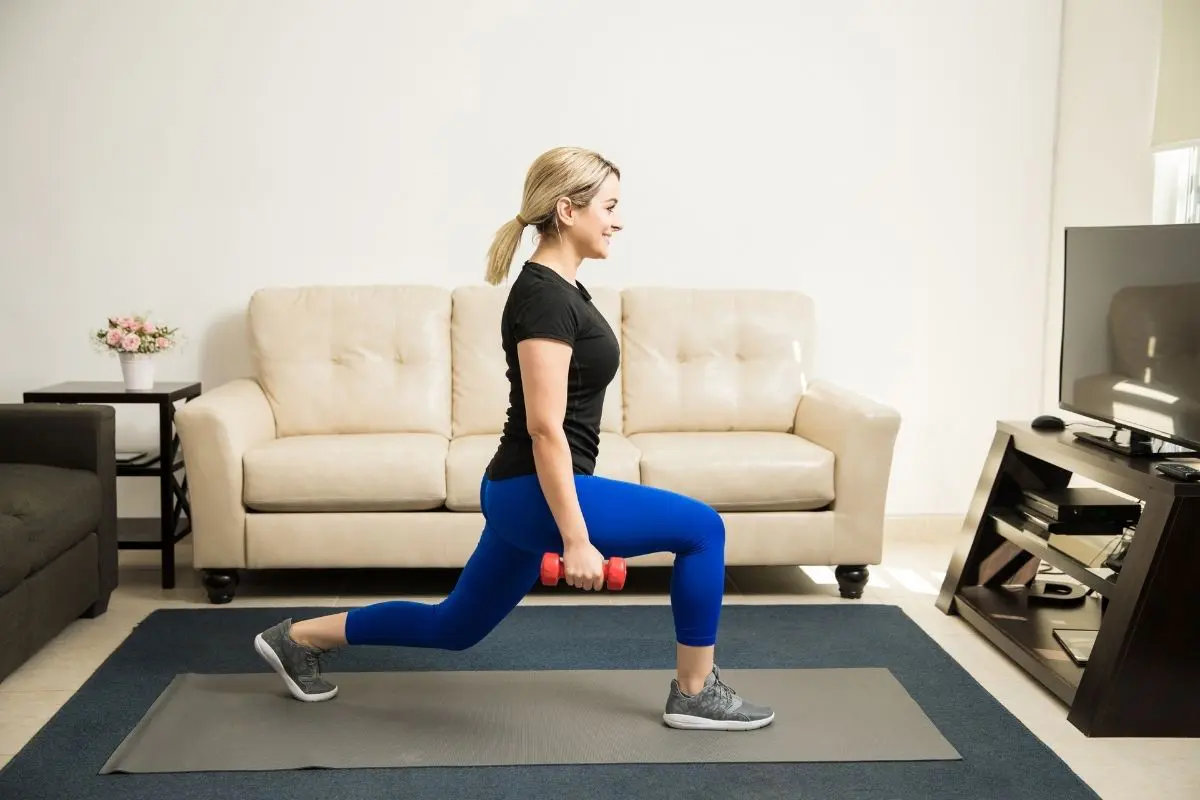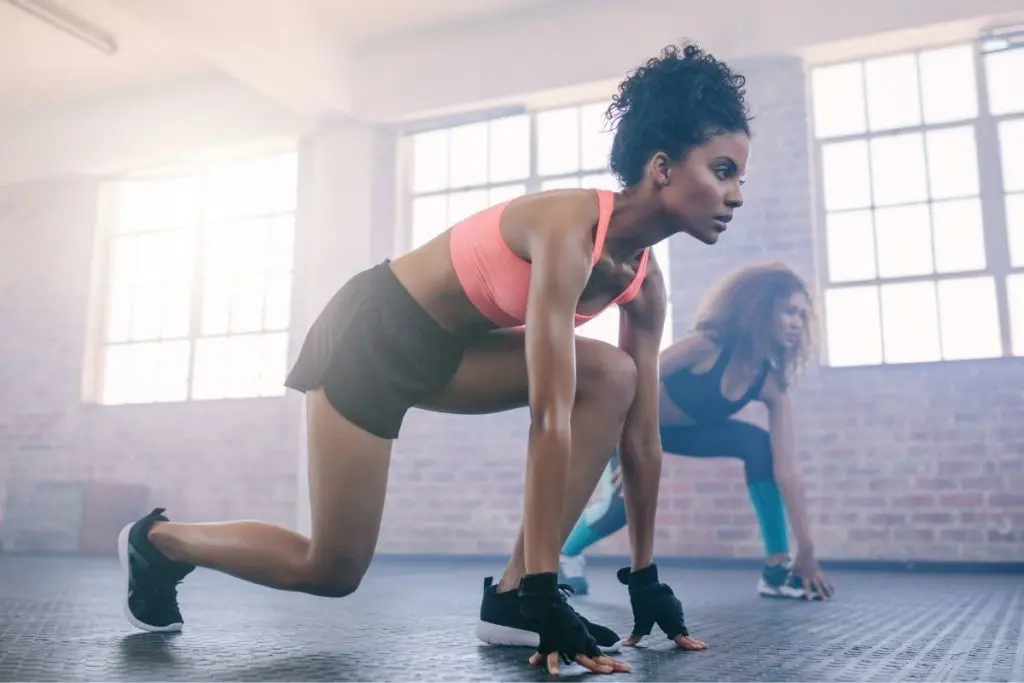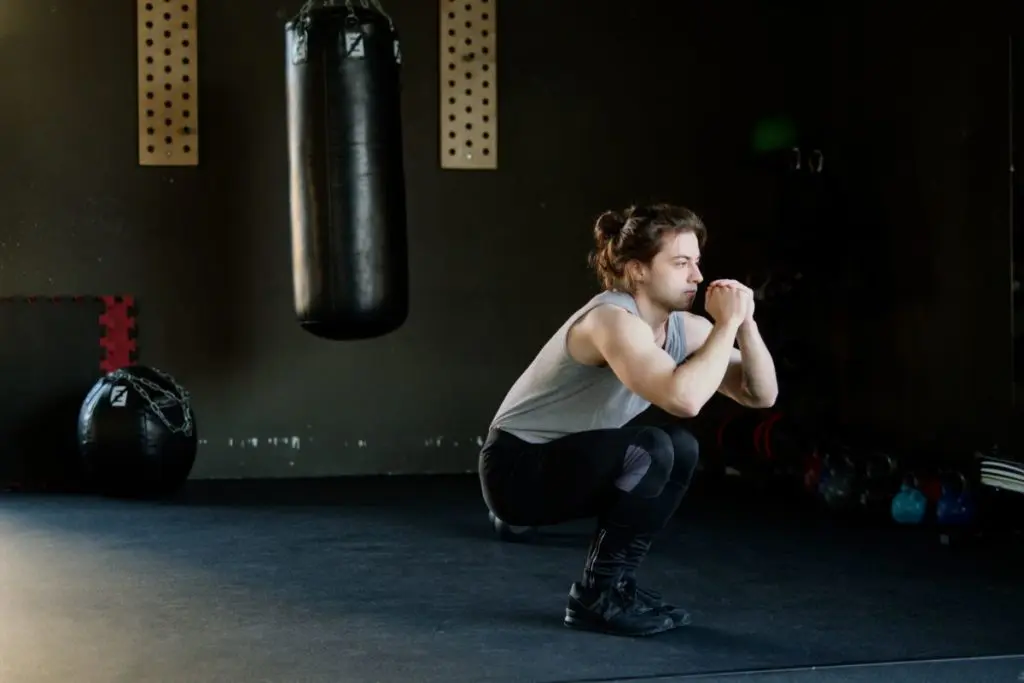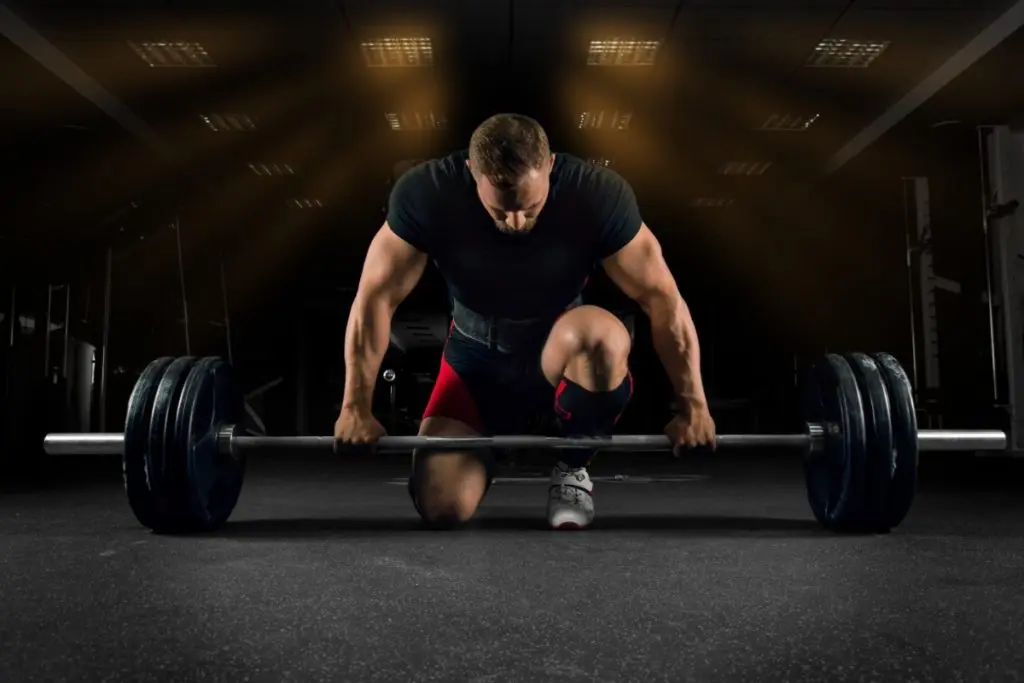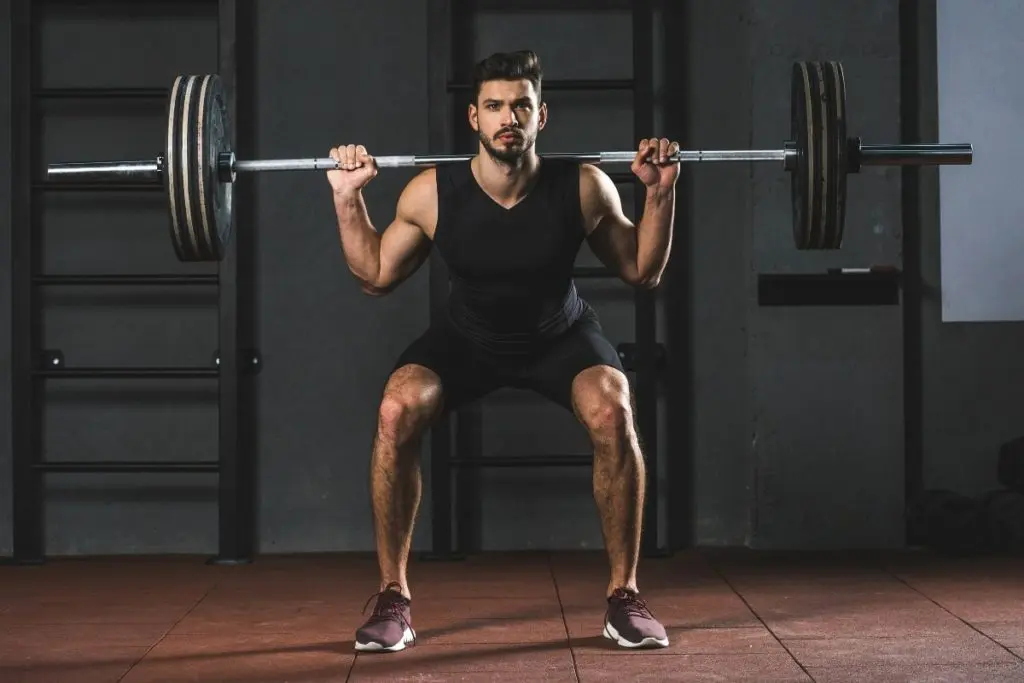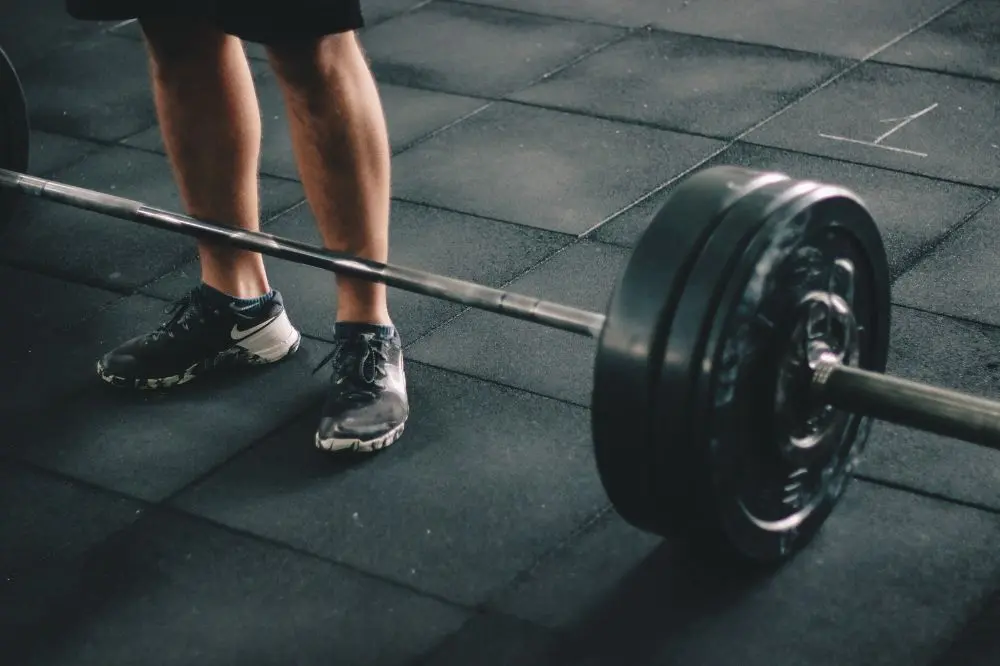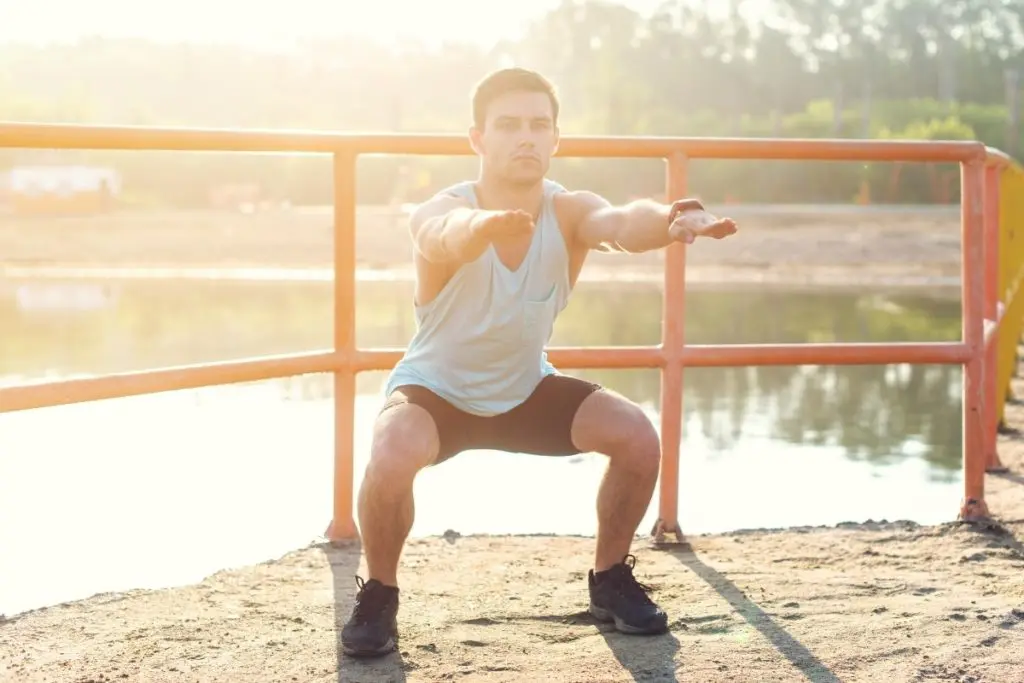Does your workout routine got your arms and shoulders right where you want ‘em? It may be time, then, to shift focus to your legs, core, and butt. One great exercise to do that are lunges. In addition to toning-up those parts of your lower body, other benefits of doing lunges include accelerated weight loss, improved balance and stability, and better body alignment and symmetry. Some say lunges can even make you taller!
In this article, we break down the benefits of doing lunges into different types of lunges, including lunges and squats, lunges with weights, reverse lunges, and walking lunges. No matter what kind of lunges you do, the benefits of doing lunges everyday will quickly materialize, and we’re sure you’ll be pleased with the results. So let’s get started.
Muscles Used in Lunges
Before presenting the benefits of doing lunges by type, let’s take a moment to talk about the specific muscles targeted by doing lunges. (Beyond, that is, just your legs, butt, and core, which we already mentioned)
Try lunges, and you’ll also target the following area:
- Abdominals
- A variety of muscles in your back
- Hamstrings
- Calves
Many people claim to feel the benefits of lunges before they start to see the results. Do lunges regularly, and results like a tighter, toned physique are usually visible within a few weeks. For some people, though, real results take a few months. That’s why it’s vital to stick to your lunge workout routine every day.
Correct form is also crucially important to get the best results from lunges. What proper form is, though, depends a lot on the type of lunge you choose to do (more on that later). When just getting started with lunges, we also suggest beginning with two or three sets of between eight and 12 lunges. That way, as your strength and conditioning improve, you can build intensity over time.
Let’s now take a look at the benefits of different types of lunges, with a few pointers on how to properly execute the different types of this incredibly effective exercise.
Benefits of Lunges and Squats
- Combining the benefits of lunges and squats into your routine gives you a fuller workout that you can practice anywhere.
- Ideal combination of weighted workouts, go heavier on squats and lighter on lunges.
- Tones thighs and glutes.
- Strengthens core faster.
For the best lower-body workout, we recommend adding both lunges and squats to your routine. Some people prefer lunges because they go a bit easier on your back, but doing both lunges and squats will certainly accelerate desired outcomes. That’s why we put the benefits of lunges and squats first for you to read.
Here are some additional reasons to do both lunges and squats next time you’re at the gym:
You can add heavier weight
Doing squats keeps both feet on the ground so you can add heavier weight over time. Lunges are not as conducive to adding additional weight (besides hand weights and dumbbells, that is, but those don’t get as heavy as a barbell).
You’ll tone your tush
Squats and lunges are similar exercises, for sure. So why do both? While both exercises work similar muscles, the motion of a lunge does target the glutes a bit better than a squat.
But doing both squats and lunges in one session is tough, no question. For this reason, many people don’t do both in the same workout but instead, alternate squat and lunge day, or focus on one for a few weeks and then switch.
If you do both in the same workout, it’s generally recommended to do fewer reps and fewer sets of each. It’s also best to do squats first, and then lunges. We recommend two sets of each, with at least six but not more than eight reps in each set.
Benefits of Lunges with Weights
- Gives your quads and glutes a stronger workout.
- Provides the ability to increase difficulty without increasing reps.
- Challenges and builds balance.
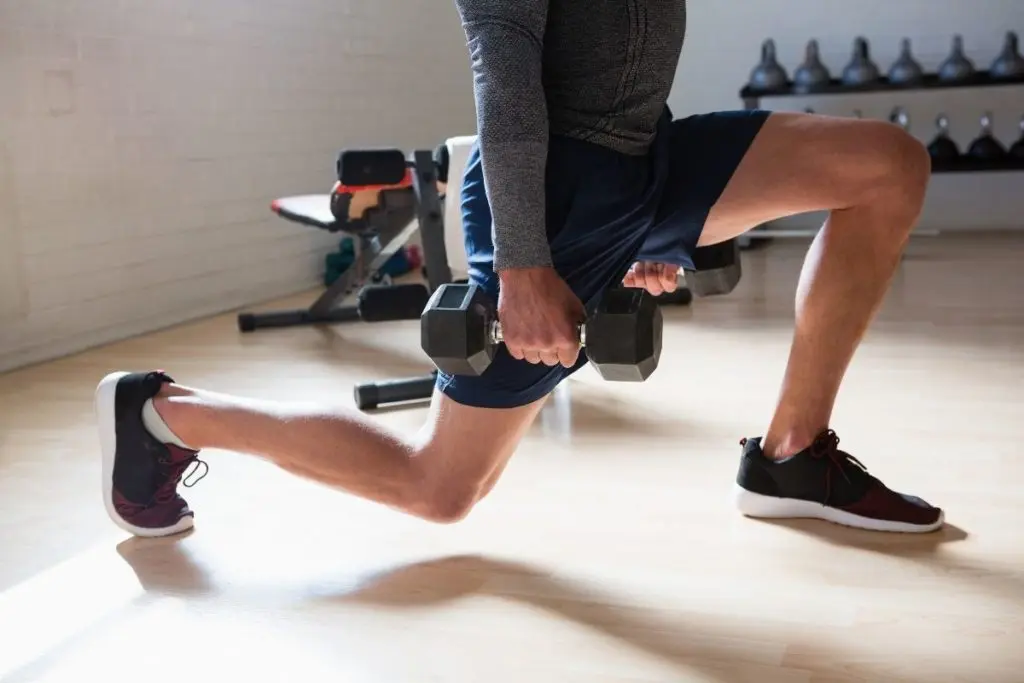
The next most effective way to do lunges is to add some hand weights or dumbbells to your workout. Adding some extra weight will give your quads and glutes an extra workout. If you’re just getting started with lunges, it may be a good idea to practice a bit before adding extra weight. Until, that is, you’re able to get the form just where you want it. Beginners also sometimes find it tricky to maintain their balance when doing lunges with weights. But trust us, you’ll get there.
When you’re ready to try lunges with weights, however, here’s where to start:
- Stand up proud and tall with dumbbells in each hand and your feet about shoulder-width apart. Keep your palms toward your thighs and begin with a manageable weight.
- Take a deep breath and then one big step forward until your front thigh is parallel to the ground, but don’t let your knee extend beyond the ankle of your forward leg. Be sure to also keep your forward heel flat on the ground.
- Keep your rear leg bent at the knee, maintaining balance on your toes.
- Exhale as you return to your standing position and then switch legs.
Start with six to eight lunges (you’ll eventually be able to work out to about twelve) and two or three sets. Again, avoid extending your forward knee over your ankle as this puts extra strain on the knee, and keep your back and torso as upright as possible.
It’s also important to keep your back knee in-line with your body and pointed straight down when you reach the bottom of the movement. And, like any kind of exercise — don’t forget to breathe!
Benefits of Walking Lunges
- Better balance and increased range of motion.
- Better functionality in everyday movement.
- Good exercise for injury recovery.
- Ideal for people who sit a lot in their work; improves posture.
- Opportunity for more variation.
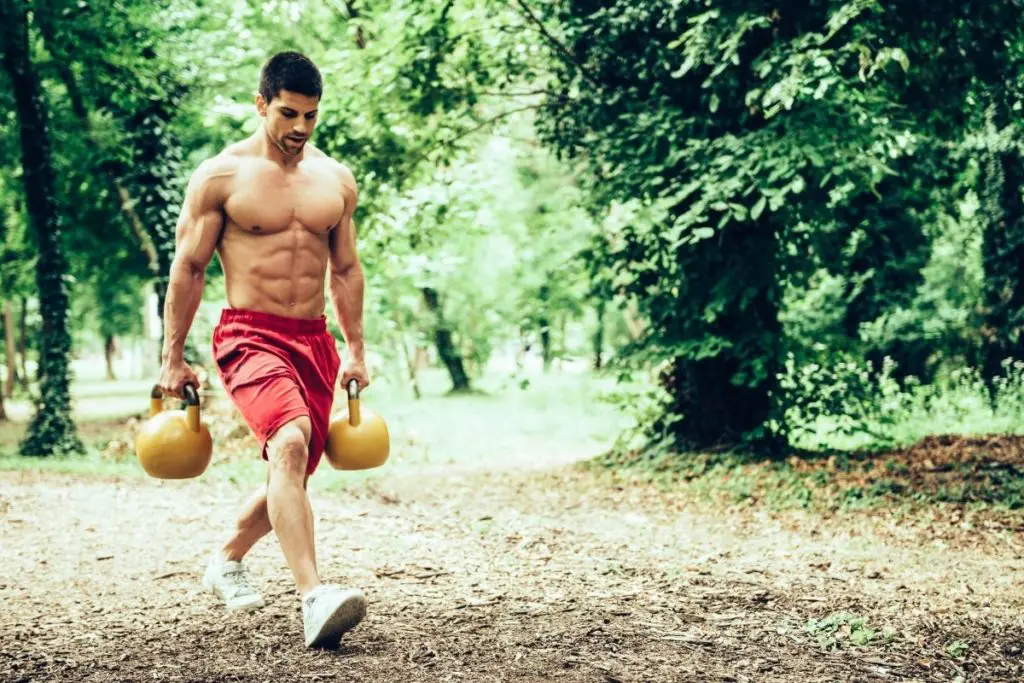
The third type of lunge in our ranking are walking lunges. A walking lunge is very similar to a static lunge. Instead of returning to an upright standing position, step forward with the rear leg, perform the lunge, and then do the same with the other leg in a sort of “walking motion.”
We generally recommend to work both walking and static lunges into your routines, and you can also add weight for an added challenge, just like a regular lunge.
Another nice variation is the walking lunge with a torso twist. We’ll tell you more about that a bit later on. But for now, here are a few additional benefits to adding walking lunges to your routine.
Walking lunges loosen up hips and hamstrings and even improve posture and balance. For these reasons, serious athletes use walking lunges for conditioning. They’re also a great choice for desk jockeys looking to counteract the negative effects of prolonged sitting.
Speaking of sitting, walking lunges work and stretch many of the same muscles we use everyday when we sit, stand, crouch, and bend over. Walking lunges are even easy to condition those muscles and joints, or for those recovering from lower body injuries.
Similar to a static lunge, holding weights adds some challenge to your walking lunge, which we already mentioned. Another great walking lunge variation is the walking lunge with a torso twist. Here’s how to perform a walking lunge while holding a medicine ball. Walking lunges are also effective with free weights and dumbbells.
How to do a walking lunge:
- Standing straight with feet about hip-width apart, suck in your abs while holding a weight or medicine ball with booths hands. Hold the ball straight out in front of your midsection with both hands and your elbows bent at about 90 degrees.
- Driving your weight down through your heel, step forward with your right leg.
- After stabilizing, bend the right knee. Just lower yourself so that your knee is parallel to the floor, and don’t let your knee in your forward leg extend out beyond your ankle.
- Once stable, twist your upper body to the right, holding the weight with both hands, focusing the movement on your torso. Twist back to center.
- Do the same thing but with the left leg this time, effectively performing a walking lunge, but this time, twist to the left. Repeat.
Whether you’re doing a regular walking lunge, a walking lunge with weights, or a walking lunge with a torso twist, start slow, focus on your form and try at least two or three sets and 10 to 12 reps with each leg.
Benefits of Reverse Lunges
- Easier on joints
- Better for anyone with hip, ankle, or knee issues
- Targets all the same muscles as normal lunges
The next lunge type we want to tell you about are reverse lunges. Reverse lunges go a little easier on the joints while marking all the same muscles regular lunges target. For this reason, reverse lunges are recommended for anyone with hip, ankle, or knee issues.
Here’s how to do one:
- Like a regular lunge, begin by standing up straight and tall with your feet about shoulder width apart.
- Inhale deeply, but instead of taking one big step forward, take one step back. Again, bend your extended rear leg that’s behind you until your thigh is parallel to the ground.
- This time, keep your front leg bent at the knee, maintaining your balance on your toes.
- Exhale and return to your standing position. Switch legs.
You can also do a combination reverse and walking lunge, effectively walking backwards. Just watch your step!
Benefits of Side Lunges
- Targets the inner thigh
- Great for muscle toning and fat burning on the thighs
- Improves balance
- Can incorporate a great side stretch
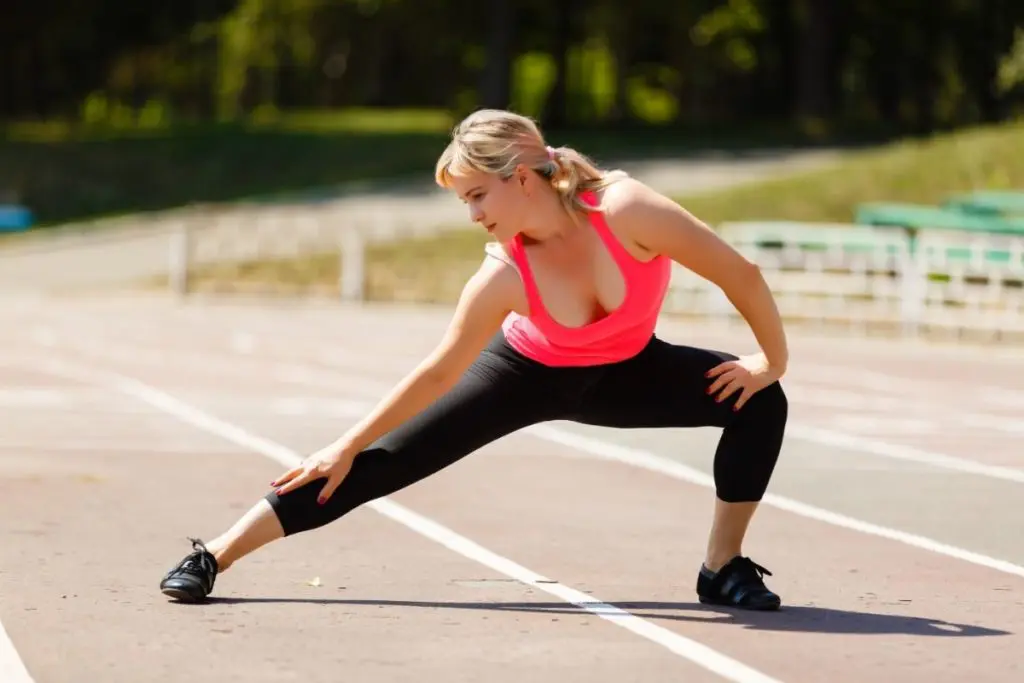
The last lunge variation we want to tell you about is a side lunge. Targeting the inner thigh, side lunges tax all the same muscles as a regular lunge, but are also an effective way to slim down your thighs.
Here’s how to do a side lunge:
- Unlike the usual lunge technique, begin a side lunge by standing with your feet together. For balance, some recommend clasping your hands in front of your chest.
- Next, take a large step out in one direction, and then lower into a lunge. Be sure to bend the knee of the leg you have extended so that it stays in line with your foot, while also sinking back your hips. Also be sure to keep your other leg straight but not locked, and both feet pointed forward.
- Push off with the foot of your extended leg and return yourself to a standing position. Repeat the process on the other side.
When just starting out with side lunges, try to do at least eight to twelve reps, and two or three sets per leg.
Additional form tips include focusing on your glutes when pushing off with your extended leg, not dropping your chest too far forward, and never letting your knee extend out beyond your toes.
The Benefits of Lunges: Make Sure Your Form and Technique is Right
Both squats and lunges are great ways to exercise your lower body. Some recommend beginners start with squats because it can take a little while to get the hang of lunges and do them properly. Common issues include maintaining balance throughout the motion of the lunge, regardless of the type of lunge you are performing.
Otherwise, proper lunge form will help keep you safe throughout the exercise. It will also provide the results you’re looking for. In addition to the lunge tips and techniques we’ve already mentioned, we’ll conclude with a few lunge safety and form pointers for those just starting out:
1
No matter what type of lunge you’re doing, keep your body as upright as possible throughout the entire movement.
2
Keep your core engaged while performing the lunge motion.
3
Overextending your leg too far forward, especially when doing a walking lunge, can cause your back to overextend, leading to back pain. Also, to reiterate, never let your knee extend out beyond your toes, no matter what direction you’re lunging.
4
Only step out so far as you can to keep your body comfortably vertical, and your hips and torso oriented straight down. Over time, the distance you can step into the lunge may increase.
Otherwise, benefits of doing lunges everyday will include increased muscle mass and lead to a toned and fitter, physique. Lunges are easy to do, and best of all, they can be done almost anywhere. Have we convinced you yet?
Now’s the perfect time to add lunges to your next workout routine.
Further Reading
